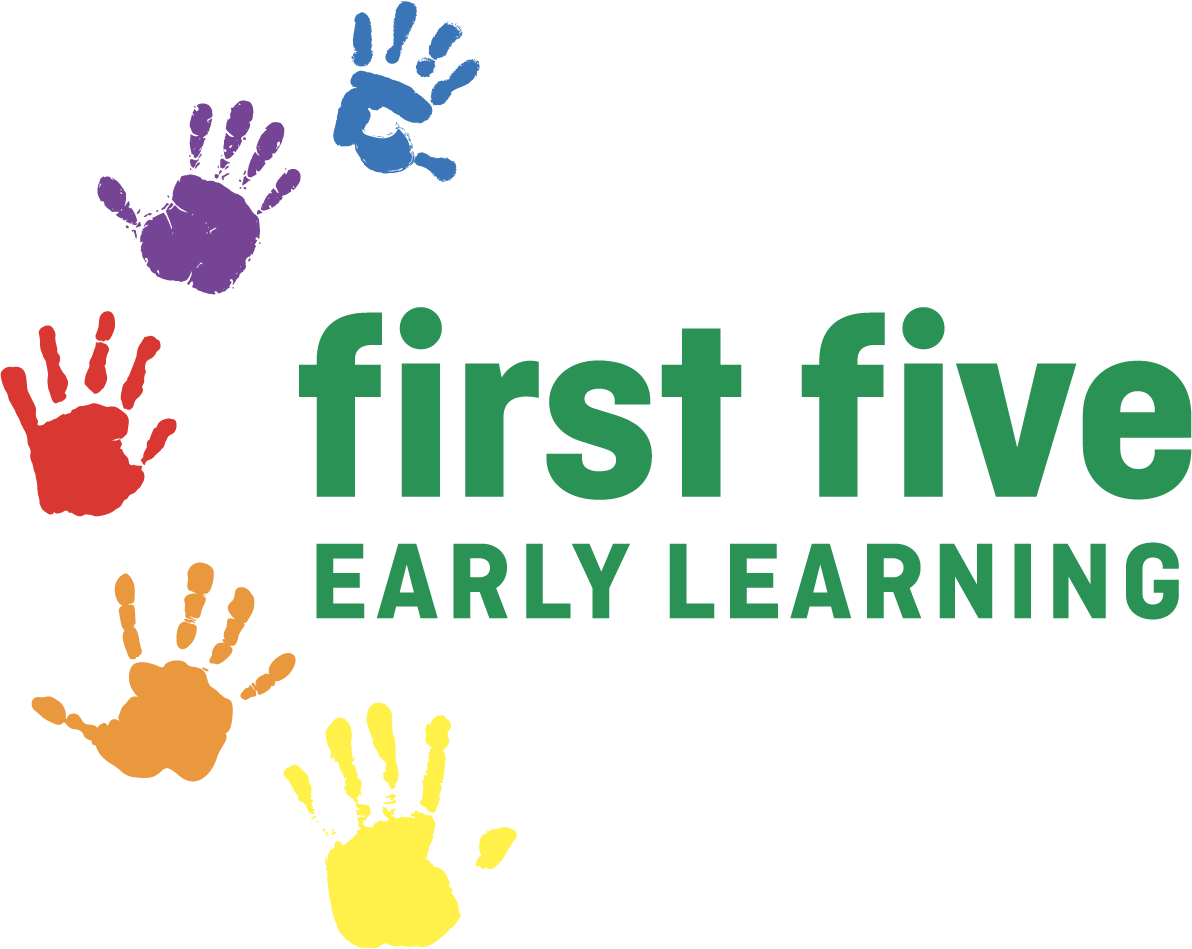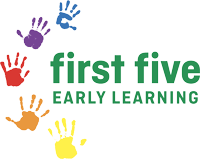
Blog #5: Playground design and risky play
The design of playgrounds matters for children’s development and learning. Key components in the design of playgrounds for young children include fixed equipment, open space, portable equipment, natural or native elements and elements of risk.
Sandpits, slides, forts and swings are examples of fixed equipment which cater to the developmental and play needs of children using the playground. For children, fixed equipment signals that children play here due to familiarity and prior experience with common playground features. Fixed equipment provides repeated opportunity to master skills and becomes the anchor from which children explore the larger playground space and more open-ended play opportunities over time.
Open space is important for children’s locomotor patterns including crawling, running, hopping, skipping, jumping, throwing, riding, pushing and pulling. For babies and toddlers, open space invites independent discovery in the larger world as they begin to venture further away from adults as a secure base. For older children, open space provides necessary room for large gross motor movements, dramatic play, child-led games and sports. Open space also enables experimentation with larger loose parts and portable equipment. A balance between larger open spaces and smaller, more contained quiet areas is ideal in playground design as children’s activity levels will vary across the day.
New and more complex ways to play can be added to fixed or established spaces though portable equipment. Equipment including bikes, scooters, push toys, buckets and spades, climbing frames, balls, hula hoops, tunnels and parachutes increase opportunities for physical activity and engage both gross and fine motor muscle groups. Portable equipment can be moved around and changed over time to enhance children’s experiences in the playground and further support their development and learning.
Natural or native elements provide a wealth of beauty, colour, texture and scent. Trees, planter boxes, rocks, mud, mounds, inclines, hanging plants, water, sunshine, shadows and breezes invite children’s engagement with the natural world and opportunities for observation of changes in the environment over time. Natural elements can be introduced regardless of playground location and design and are well known to be critical for children’s wellbeing. In early childhood education settings, playgrounds will include natural elements common to children’s lived experiences in their local community to ensure children develop the knowledge, experience and skills necessary to navigate real world spaces.
Risk in play is essential for children to develop awareness of their capabilities and the limits of their own bodies. Elements of risk or ‘risky play’ within playground spaces invite children to identify and test their own limits and develop life-long skills. The ability to assess and make judgements without risk is necessary throughout the life span. Managing risk involves both cognitive and physical skills as children learn to plan and sequence their physical movements to reduce risk and build resilience and persistence in practising personal risk mitigation time and time again. Along with physical risk, playgrounds can support children to engage in social risk-taking, where they have increased opportunities to practise inviting someone to play, joining a group or leading the play.
It is important to note that risks and hazards in playgrounds are different. Dr Helen Little, a leading Australian researcher on children’s experiences of risk-taking in outdoor play, explains that hazards include objects, equipment or procedures which have potential to cause harm. Risks are the likelihood that harm will occur from the hazard, managed through risk mitigation and control measures including adult supervision and interaction, and safety equipment. Dr Little emphasises it is important to achieve a balance between children’s engagement in beneficial risk, coupled with avoidance of hazards. Further, risky play is not about children engaging in unsafe, reckless behaviour or being pushed beyond their abilities. Risk in play enables children to try something new, experience exhilaration and overcome fear. Experiences where risk is involved should provide a sense of fun, enjoyment and excitement.
The role of adults in risky play
As adults, it can be challenging to hold back when children risk-take in play, but context is important. For example, we don’t stop babies learning to walk even though falls and head bumps occur frequently during this phase. With toddlers, we understand they are still experimenting with their capabilities but their cognitive skills in assessing risk do not yet match their sense of curiosity and adventure. Minor injuries are common and a necessary part of development and learning as children develop skills to identify, assess and respond to risk as they play. By age 3, most children have a more established idea of their abilities and can take the lead in their desire for and engagement in risky play.
Adults naturally see the potential for children to lose their balance, trip over, or reach for something unstable. As adults, we have already learned to mitigate risk based on our own experiences and mistakes. Children are learning to reduce their own risk and can only achieve this through repeated experience, practise, testing their own limits and coming to understand the boundaries of the spaces in which they play. When you hear yourself saying “stop” or “be careful”, try these phrases instead.
√ Stay focused on what you’re doing.
√ Take your time.
√ Let’s check how strong the branch is before climbing / Remember to check the branches are thicker than your leg before you climb on them.
√ Find more space / Do you need more space?
√ Do you feel stable / balanced / safe?
√ Pay attention to where you put your feet on those rocks.
√ What’s your plan for that big stick? How can we keep everyone safe? / Make sure you have enough space between you and other people when playing with your stick.
√ Check in with each other while you climb.
√ Is the pathway clear?
√ Check how you’ve stacked the crates. Are they stable?
√ I’m here if you need me.
When adults are specific in their communication, children are better able to work through a challenging situation themselves because the information is constructive and relevant. In playground spaces, phrases similar to the ones above can empower children to practise and learn risk management in meaningful ways, beyond being warned generically to “be careful”. For adults, there is a balance between mitigating risk and supporting children to manage their own risk in everyday play.
Dr Melinda Miller
Director of Early Learning


